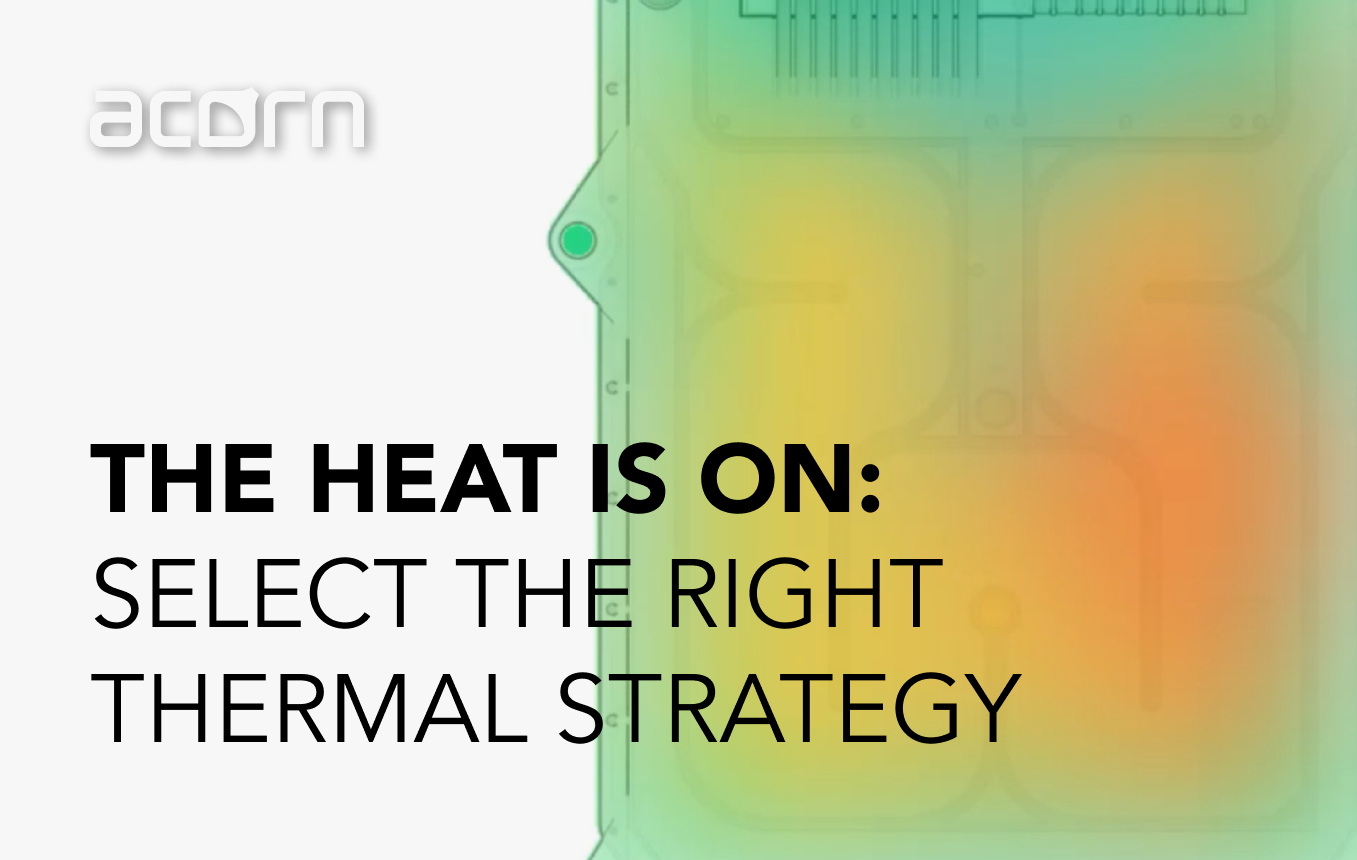Peering into the Future with Design and Speculative Fiction
A new year is upon us and it’s a perfect time to talk about the future. Or rather, futures. As designers, it’s our job to ponder what possibilities lie over the horizon and help envision products adapted to the world of the future.
Silicon Valley companies haven’t always been great at foreseeing and adapting to market disruptions or predicting the social impacts of promising technologies when they become widely available. Before the iPhone, cell phones were posed to receive incremental upgrades and simply keep decreasing in size. Few people would have thought they would trade typing on their Blackberry keyboards for poking at a slab of glass. A team may be able to turn a great idea or technology into beautiful, impeccably engineered and manufactured product, but none of that matters if that product is released at the wrong moment or does not address the needs of the people who will use it. This is why it’s critical to incorporate human-centered design as early as possible into a project, at the “what if” phase, sometimes referred to as the “fuzzy front end.” The problems a product might address might not be clear-cut, or a technology might still be in the lab. Through human-centered research and creative strategy, designers can help firms explore these fuzzy problem spaces and foresee potential challenges before our clients devote significant resources to a project.
Making Sense of Ambiguity
Projects can and will fail when firms make assumptions about how people will act in the real world, try to copy competitors, or lead with constraints rather than work toward desired user experiences. Moving beyond assumptions and identifying emergent trends requires going to where people live and work, attempting to walk in the shoes of users by employing ethnographic research methods. In-home/workplace interviews can uncover what users value or what frustrates them. Observing people as they perform tasks helps a design team understand social interactions surrounding a product, while also offering an opportunity to compare what users say to what they do. Insights from exploratory user research are the fuel of innovation. They allow us make sense of chaos and orient clients toward future problems worth solving.
Combining elements of social science, concept art, and science fiction, designers can work with companies to leverage these research insights to explore the near future. What if consumer and business confidence in IoT devices collapses due to a massive hack? What if autonomous vehicle adoption dramatically outpaces projections? By producing illustrations, videos, and physical mockups that explore how people might interact with products in different future scenarios, companies can identify, prepare for, and even capitalize on market disruptions around the corner.
The future is not a complete mystery. The seeds of what is to come are all around us, waiting to be uncovered. Through human-centered design, we can build resilient, innovative businesses that don’t simply adapt future marketplaces, but create them.
Resources






